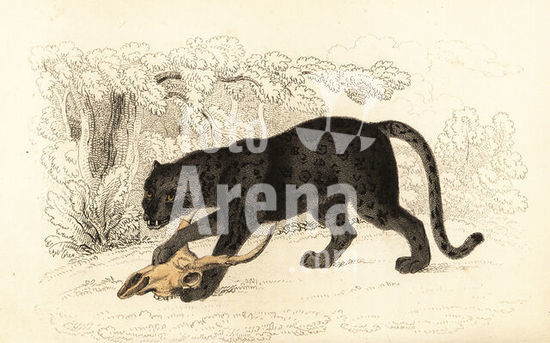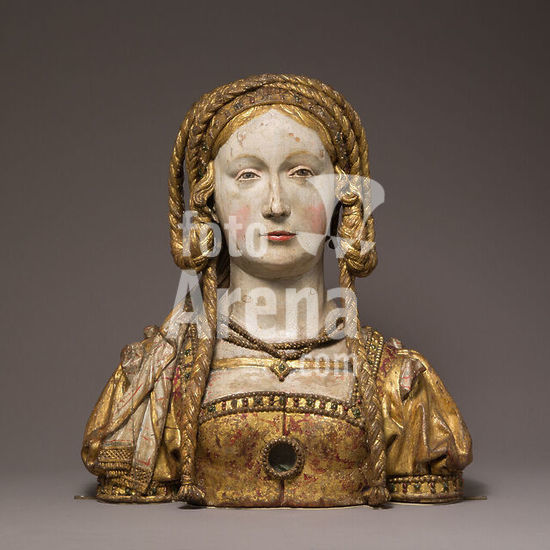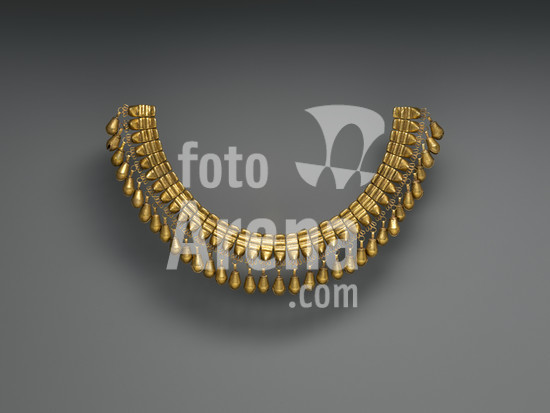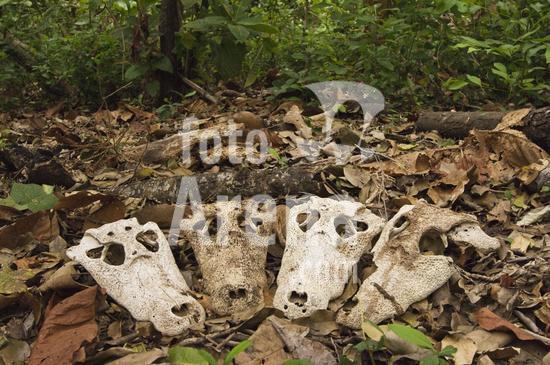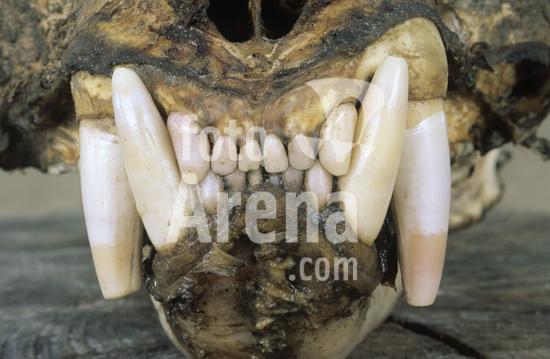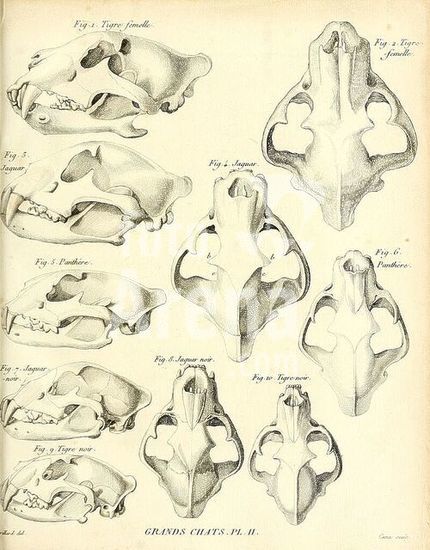
alb15289155
Recherches sur les ossemens fossiles de quadrupèdes, Paris, Deterville, 1812, France, Geology, Mammal fossils, Paleontology, Paris region, Vertebrate fossils, The illustration features a series of detailed anatomical drawings showcasing the skulls of various feline species. Each labeled figure presents a different skull, highlighting distinctive structural features such as the shape of the jaw, the curvature of the nasal cavity, and the size of the cranial vault. The species represented include the tiger (Tigre fauve), jaguar (Jaguar noir), and panther (Panthère), among others. The meticulous renderings emphasize the similarities and differences in morphology, providing valuable insights into the evolutionary biology and taxonomy of these big cats. The arrangement of the skulls allows for clear comparisons, illustrating the diversity within the Felidae family.
DC



























































